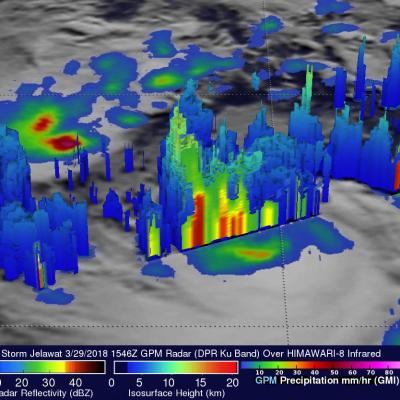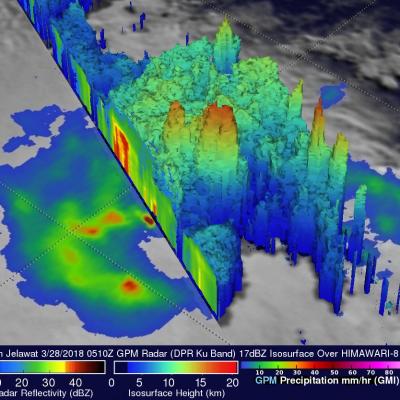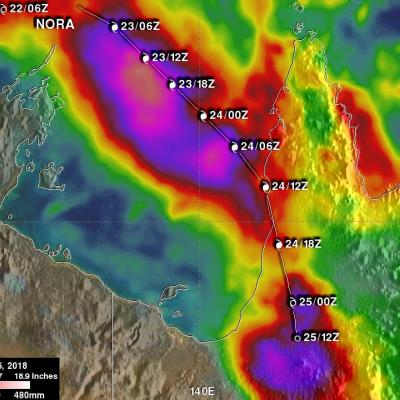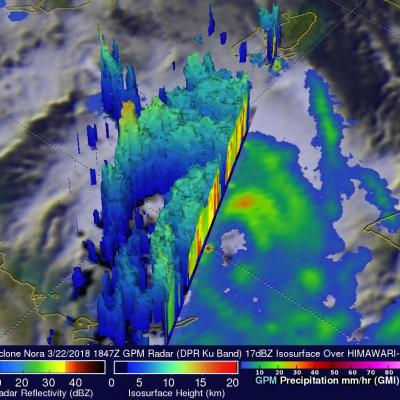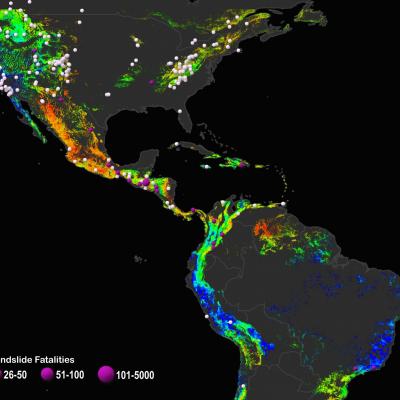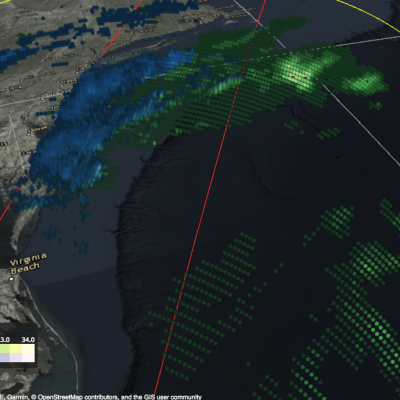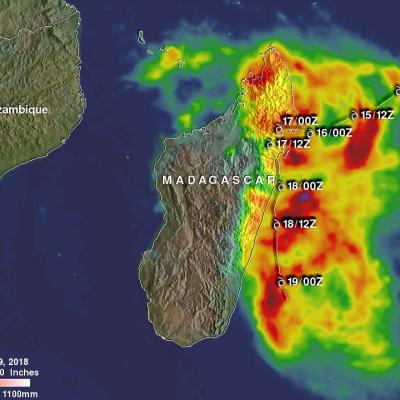GPM Sees Jelawat Becoming A Typhoon
Tropical storm JELAWAT intensified as expected and was upgraded to typhoon JELAWAT yesterday. Today JELAWAT has continued to rapidly intensify and maximum sustained wind speeds in the typhoon were estimated at 115 kts (132 mph). The GPM core observatory satellite had an excellent view of rapidly intensifying tropical storm JELAWAT on March 29, 2018 at 1546 UTC. JELAWAT had wind speeds of about 60 kts (69 mph) when GPM passed over head. An eye hadn't formed yet but rain bands were wrapping around JELAWAT's well established center of circulation. GPM's radar (DPR Ku Band) revealed that rain was


